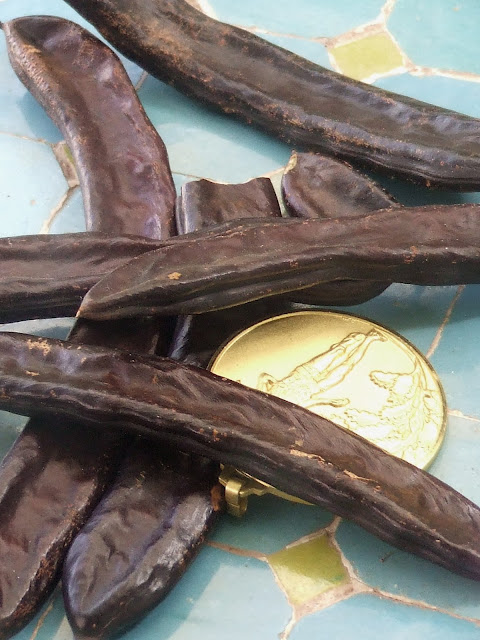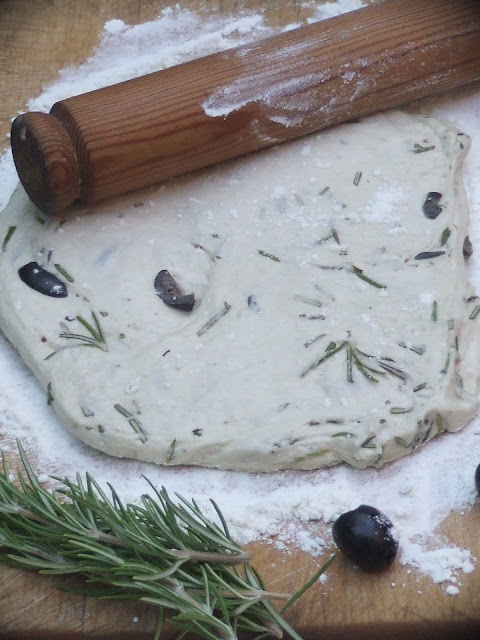Search This Blog
Culinary ramblings of a mischievous cook. Recipes,pictures,diary entries and all things foodie.Follow a journey of life in the east Algarve, Portugal...
Posts
Showing posts from August, 2012
Alfarroba,worth its weight in gold
- Get link
- Other Apps
A vila, dele atum e duas receitas
- Get link
- Other Apps
Quarta medieval - Was it best before? -the past and its sell by myth
- Get link
- Other Apps
Segunda medieval-Almondegas com limão
- Get link
- Other Apps
Dias Medievais-These are the days
- Get link
- Other Apps
The "full english" em regionais estrangeiros
- Get link
- Other Apps
O sal na pedra -The salt in the stone
- Get link
- Other Apps














